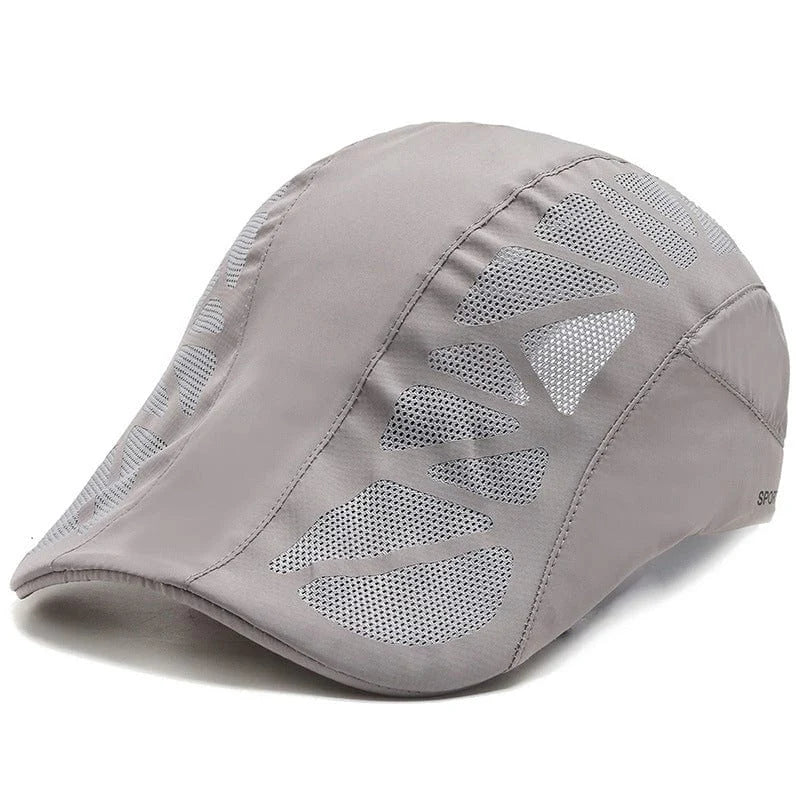Stepping into the gym can be both exciting and intimidating, especially when surrounded by a myriad of machines, weights, and fellow gym-goers at various stages of their workouts. It's crucial to develop a clear game plan to kickstart a productive workout session. This strategy not only maximizes the benefits of exercise but also minimizes the risk of injury.
Stretch
Stretching lays the foundation for a safe and effective workout. It increases the body's flexibility, improves circulation, and prepares the muscles for the activity ahead. Dynamic stretching, involving active movement that propels your muscles through a full range of motion, is a solid choice for a pre-workout routine. It may include leg swings, arm circles, or torso twists. These movements gradually increase blood flow and temperature in the muscles, which can help enhance performance and prevent injury. Resist the temptation to skip stretching in favor of jumping straight into a workout. While it might seem like a time saver, a proper stretch can lead to better results and less discomfort during and after the session.
Run on the Treadmill
Once muscles are limber and warm from stretching, it's time to escalate heart rate and circulate oxygenated blood throughout the body. Here's where a quick run or brisk walk on the treadmill comes into play. This activity serves as an excellent total body warmup, engaging not only the legs but also the core and arm muscles. It also boosts cardiovascular health, improves endurance, and burns calories. Running is a repetitive action which can offer similar benefits to meditation. The rhythmic, repetitive nature of running can create a meditative state, offering a psychological boost to kickstart the workout.
Lift Weights
Post warm-up, the body is primed for more strenuous exercise like weightlifting. Lifting weights stimulates muscles to grow, strengthens bones, and boosts metabolism. Whether focusing on compound movements like squats and deadlifts, or isolating specific muscles with bicep curls or leg extensions, weightlifting can be tailored to any fitness goal. Remember, lifting weights is not solely about the amount of weight on the bar, but more importantly about correct form and control. It's crucial to consult a trainer or experienced gym-goer for advice on proper technique.
Starting with lighter weights allows for the development of good form and understanding of the exercise before progressively increasing the weight. It's also essential to listen to the body and give muscles ample time to recover between workouts to avoid overtraining and injury.
The journey to fitness is a commitment requiring focus, determination, and a thoughtful plan. Walking into the gym armed with knowledge of the initial steps - stretching, warming up, and weightlifting - can set the stage for a successful workout. The only remaining element? Consistency. Because true results come not from one session, but from showing up day after day, ready to better oneself.
Did you find this article helpful? Check out: Is My BMI an Accurate Way to Judge Healthy Body Weight?



